|
We played our first game of Pickett’s Charge last Saturday evening. I bought the rules soon after their release and made up some casualty markers, but somehow didn’t get around to trying them. I think I was daunted by the four pages of charts and tables and when the chance came to play our next ACW game we went with the tried, tested and much loved Longstreet. However, a visit by Keith coinciding with Warfare 2017 at Reading provided the incentive to try out the new set. Keith and I have broken in a great many rules sets over the years and generally manage to work out what we should be doing. The scenario was Payne’s Farm, November 1863, the most lively encounter during the Mine Run campaign. In this operation, Meade set out to turn Lee’s right flank while Lee hurriedly shifted round to his own right to stop this happening. At Payne’s Farm, Meade’s right hand Corps under French and Lee’s left hand division under ‘Allegheny’ Johnson came to blows as they both converged on the same road junction. French had superior numbers but his advantage was largely cancelled out by the close wooded terrain, his own hesitancy and by Johnson’s aggression. Only later in the battle did Federal numbers start to count and night fell before they could make a decisive difference. I originally wrote a scenario involving Johnson’s whole command and the 2nd and 3rd divisions of French’s Corps. I’d hoped we could have a four player game but in the event, only Keith and I played so I cut the forces to the 2nd Federal division versus Steuart’s brigade of Johnson’s Division, plus a battery of Andrew’s artillery battalion. We started the game at the point where Steuart’s rearguard Brigade, strung out along the Racoon Ford Road, faced left to confront Prince’s division as it approached down Jacob’s Ford Road. Steuart’s task was to hold up the Federals while Johnson brought back his other three brigades from further along the Racoon Ford Road. In our game Keith’s Federals mounted a rapid assault on my Rebels. While his leading Brigade attacked along Jacob’s Ford Road, he moved his second Brigade in column around his left, using staff officers to move it double quick. I advanced my two left regiments to threaten his right. My centre held for a time but Keith’s second Brigade deployed at right angles to my line. I turned my right hand regiment to face it but it was pushed back on the centre, just as the centre itself gave way. End of game. The Confederate reinforcements would arrive on the scene to find French already advancing along Racoon Ford Road. I really like these rules. In spite of the four pages of charts, they played smoothly and we quickly got the hang of the sequence of play. Staff officers are a great device. Frankly our game was a bit small to really benefit from them but I can see them posing some interesting choices in a bigger action. Brigade morale is handled simply and effectively. Shooting has the particularly interesting result of loss of Fire Control, representing the degeneration of firing into an ineffective firefight. Melee (or the lack of it) is especially well handled: a competitive dice roll produces a range of results, most of which involve one side giving way without actually fighting hand to hand.
How does Pickett’s Charge compare to Longstreet? Using 1” figure bases, the ground scales, unit sizes and ranges are similar. PC has more period chrome incorporated in the rules, whereas the flavour in Longstreet mostly comes out in the Action cards. A big visual difference is that casualties are not physically removed in PC. A Longstreet battlefield can look a bit empty towards the end of a game! Longstreet doesn’t have explicit morale rules whereas these are important factors at both unit and brigade levels in PC. As I have said before, Longstreet is my favourite rules set for any period. It flows so well and provides period feel and excitement. It also produces occasional situations that historical reports are full of but players almost never permit, when units do something unexpected or unwise in the face of the enemy. I love those moments. But Longstreet has its limitations. With house rules, we were able to use it in a divisional game with four people, but it doesn’t pretend to challenge the player to think beyond the level of brigade commander. Pickett’s Charge on the other hand does this well. So I think the answer for me is that I will continue to use Longstreet for Brigade and small divisional actions and bring in Pickett’s Charge for bigger battles.
0 Comments
Leave a Reply. |
Archives
November 2023
Categories
All
|
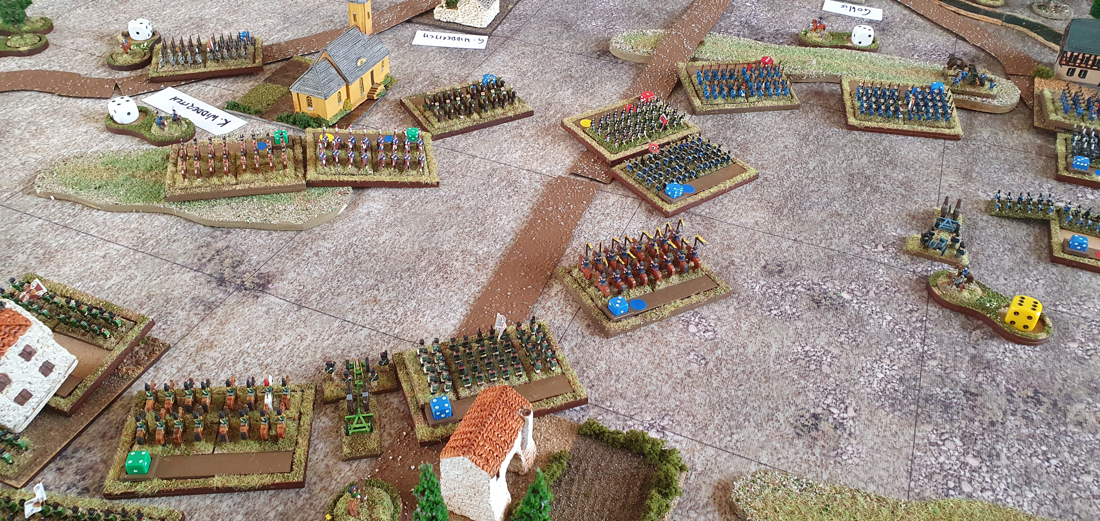
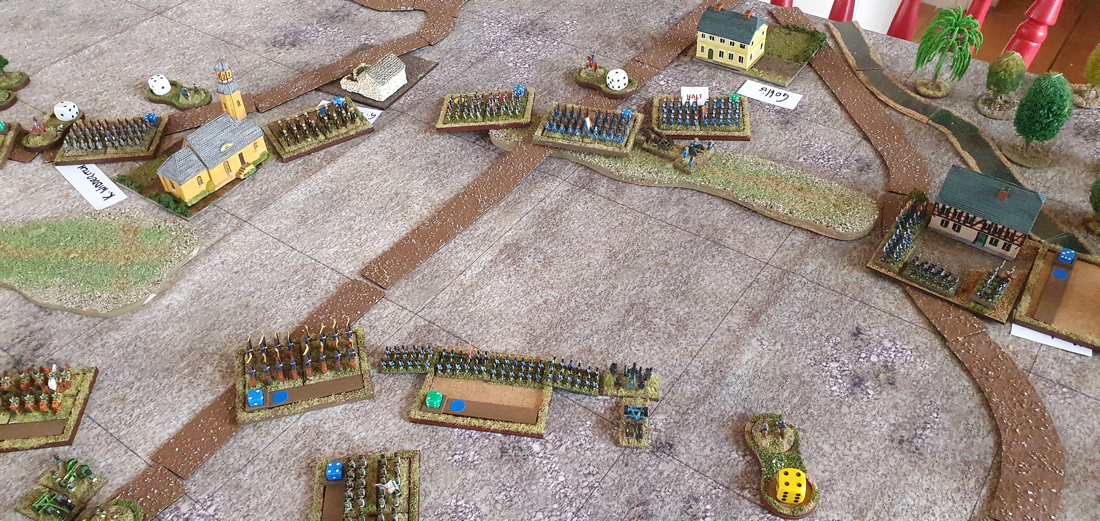
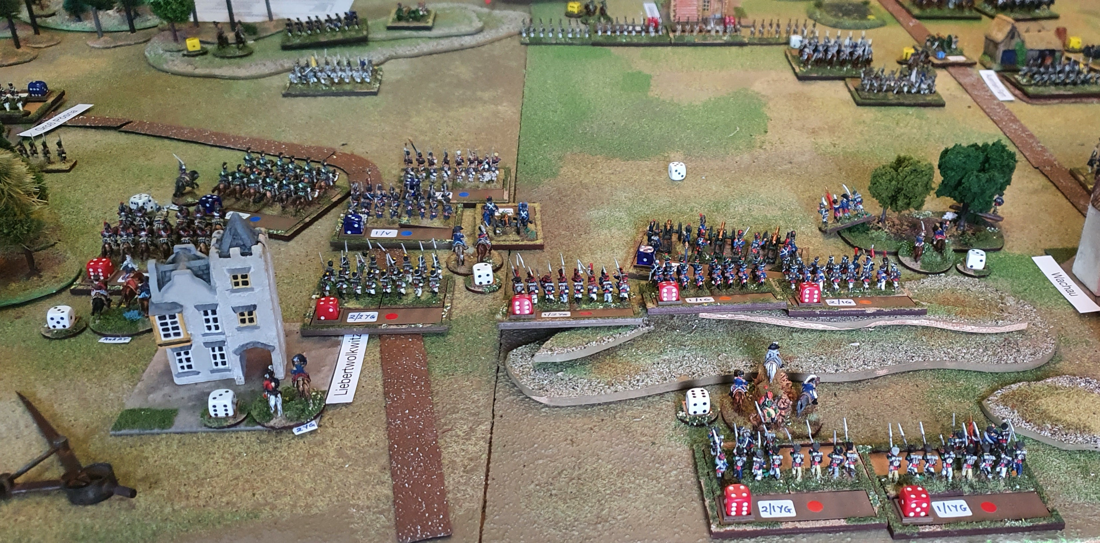
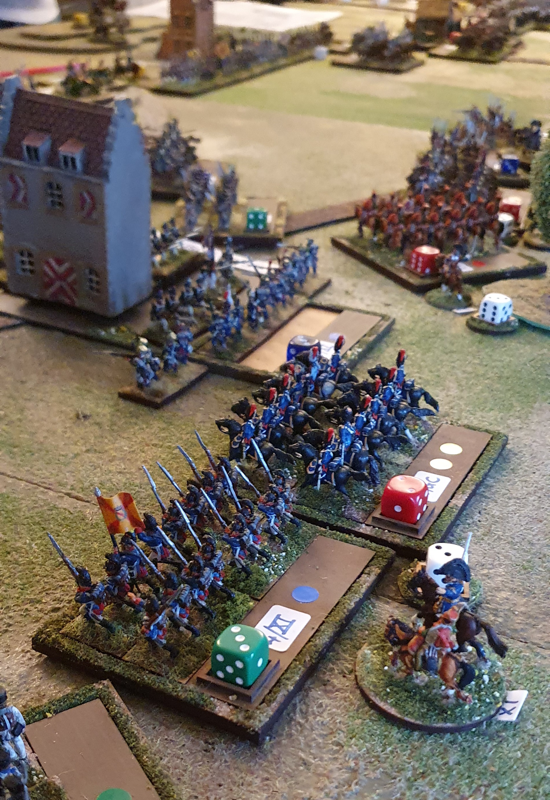
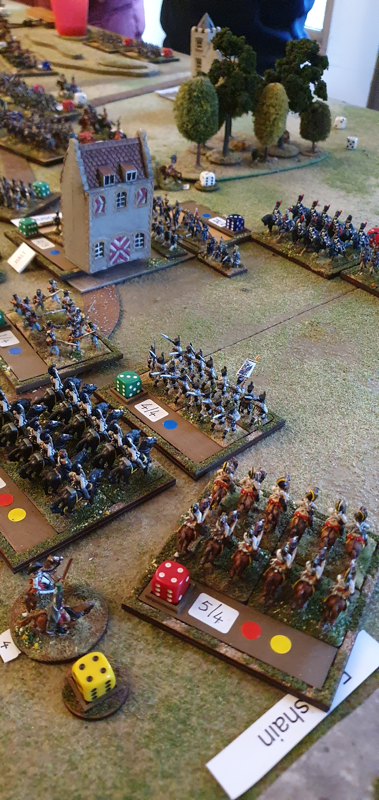
 RSS Feed
RSS Feed